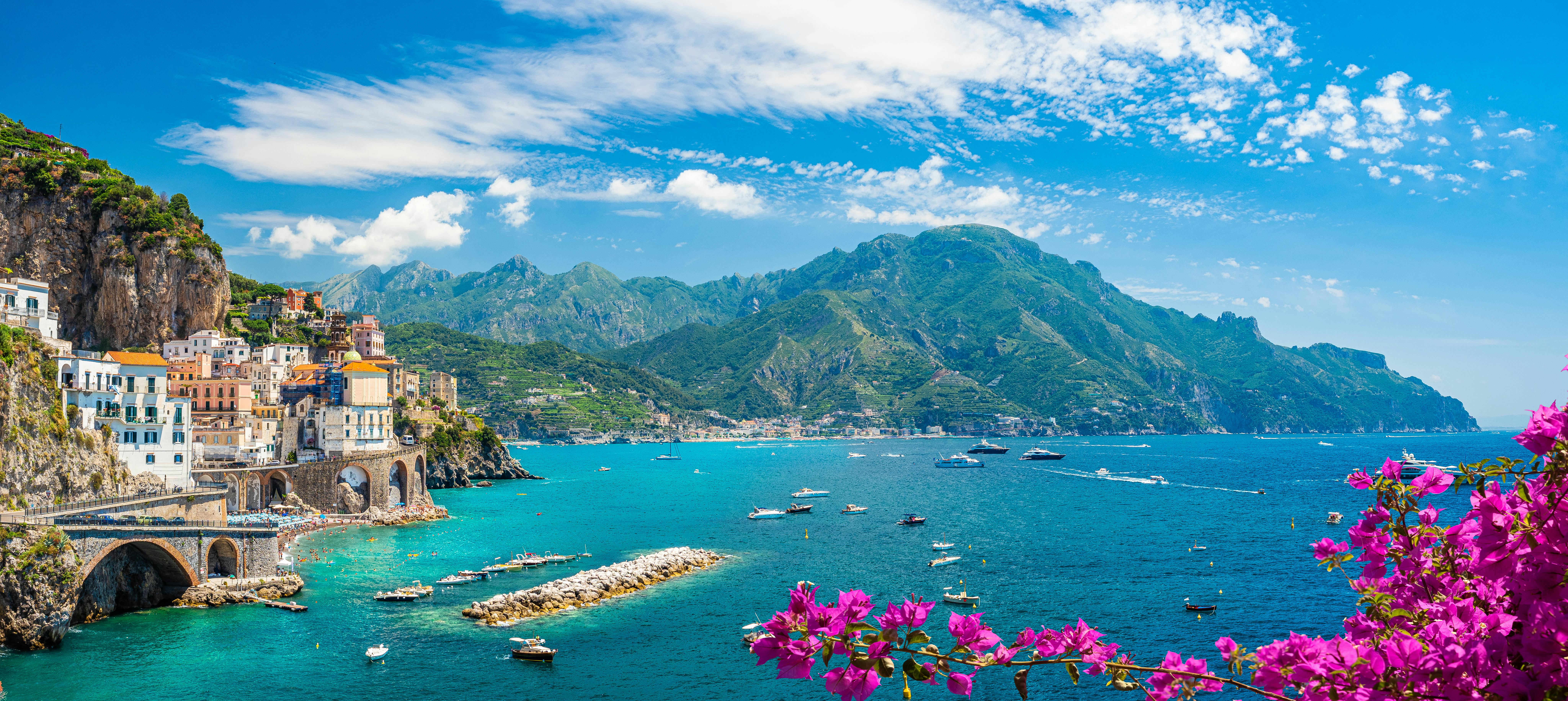Did you know that Florida is home to the only nearshore barrier reef in the continental U.S.? These rainforests of the sea are biological treasures offering enormous ecological, economical, and cultural benefits. While “stony” corals may look like inanimate rock formations, they’re actually animals closely related to jellyfish and anemones that create rocky structures out of calcium carbonate by attaching themselves to the ocean floor and assembling millions of individual “polyps” into colonies. These colonies form the foundation of support for some of the most biodiverse ecosystems on Earth.
The reef found in Broward County is over 300 years old and home to the threatened staghorn coral — a stunning, burnt orange-hued species that branches out like elk antlers.
Here are some key things to know about Florida’s corals:
Reefs shield Florida’s coastline, reducing wave energy by an average of over 95% — providing residents an estimated $665 million every year in coastal protection alone.
Florida’s Coral Reef annually contributes an estimated $1.1 billion in tourism value while supporting 71,000 jobs in South Florida.
Corals need highly specific environmental conditions to thrive. They need solid substrate, tropical or subtropical temperatures, clear waters, moderate wave action, and other critical inputs. That’s why they’re super sensitive to ocean disruptions, including rising temperatures, dredging-induced water pollution, and sedimentation.
Corals are declining globally, but this is a place where corals continue to thrive. The local impact on these corals is preventable and actions today could plant the seed for more resilient coral protections for the future.







